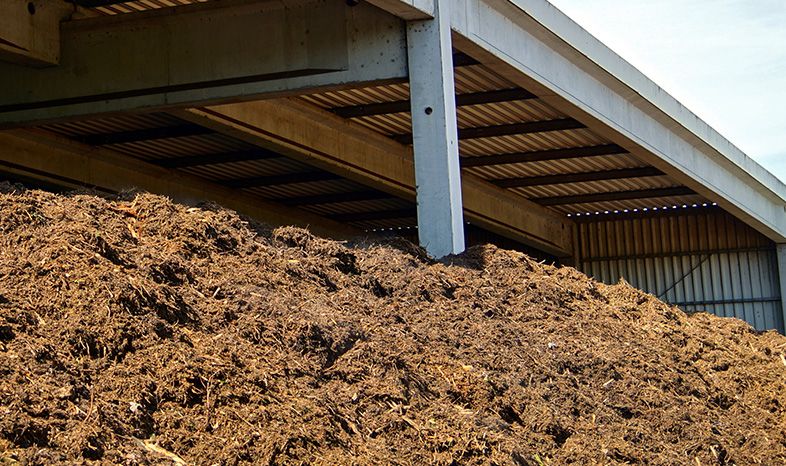Our Products
White button mushrooms are the most popular mushroom in the world. Their colour may vary from bright white to off-white.
TASTE PROFILE:
A woody flavour that becomes stronger with cooking.
HOW TO SERVE:
Serve in soups, salads, appetizers, sautéed on pizzas or burgers, or cooked in pasta, soups, entrees and other dishes; or as a great side dish with any meal.
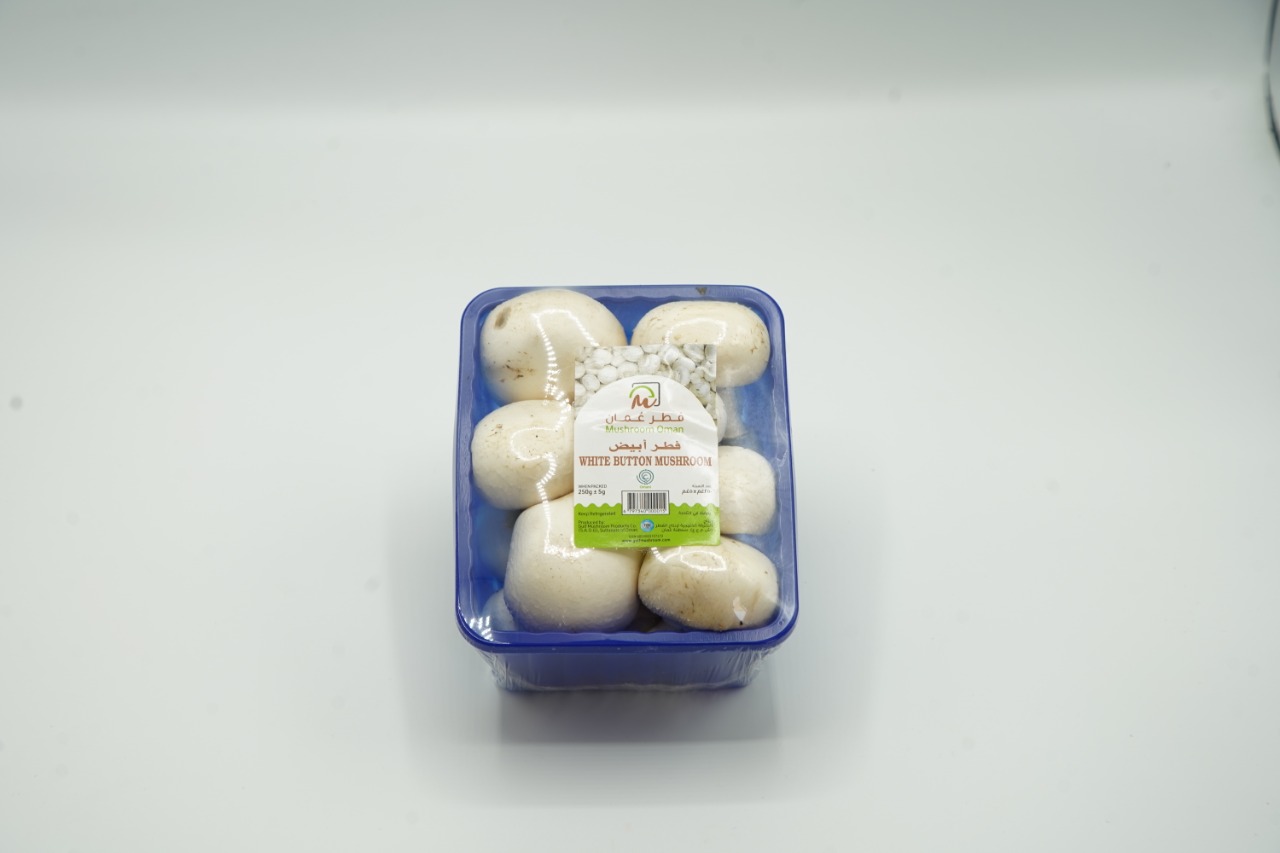

As the name suggests, Baby Button Mushrooms are small-sized white button mushrooms with a cap diameter of below 2.5 cm. They are also known as cremini mushrooms.
TASTE PROFILE:
A mild flavour that becomes stronger with cooking.
HOW TO SERVE:
Serve in soups, salads, appetizers, sautéed on pizzas or burgers, or cooked in pasta, soups, entrees and other dishes; or as a great side dish with any meal.
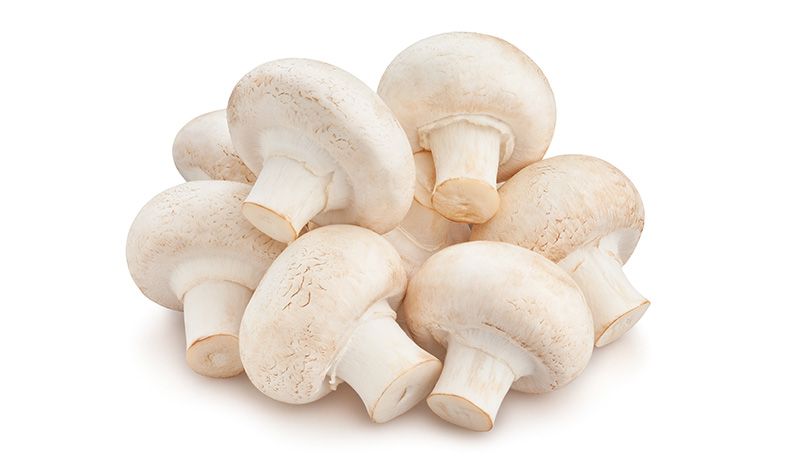

A larger relative of the white and cremini mushroom, the giants are allowed to mature longer than their smaller relatives and their size varies from 8 cm to 15 cm across the top. When freshly harvested, they are a white or off-white colour with slightly rough, rounded caps. They can be used in the same ways as white and creminis, however, their size, meaty flavour and texture make them an excellent choice for grilling and sautéing whole or in thick slices.
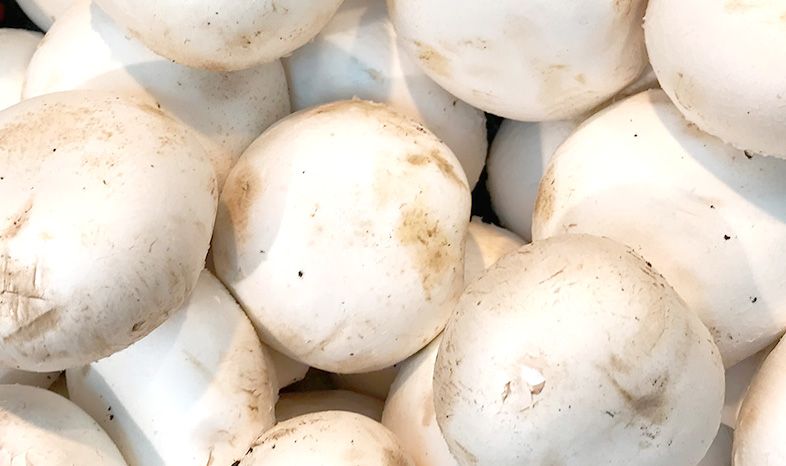

Brown mushrooms are similar to the white mushroom in shape and size, but firmer to the touch. The colour ranges from light tan to dark brown.
TASTE PROFILE:
Woody flavour that becomes stronger with cooking.
HOW TO SERVE:
Serve in soups, salads, appetizers, sautéed on pizzas or burgers, or cooked in pasta, soups, entrees and other dishes; or as a great side dish with any meal.
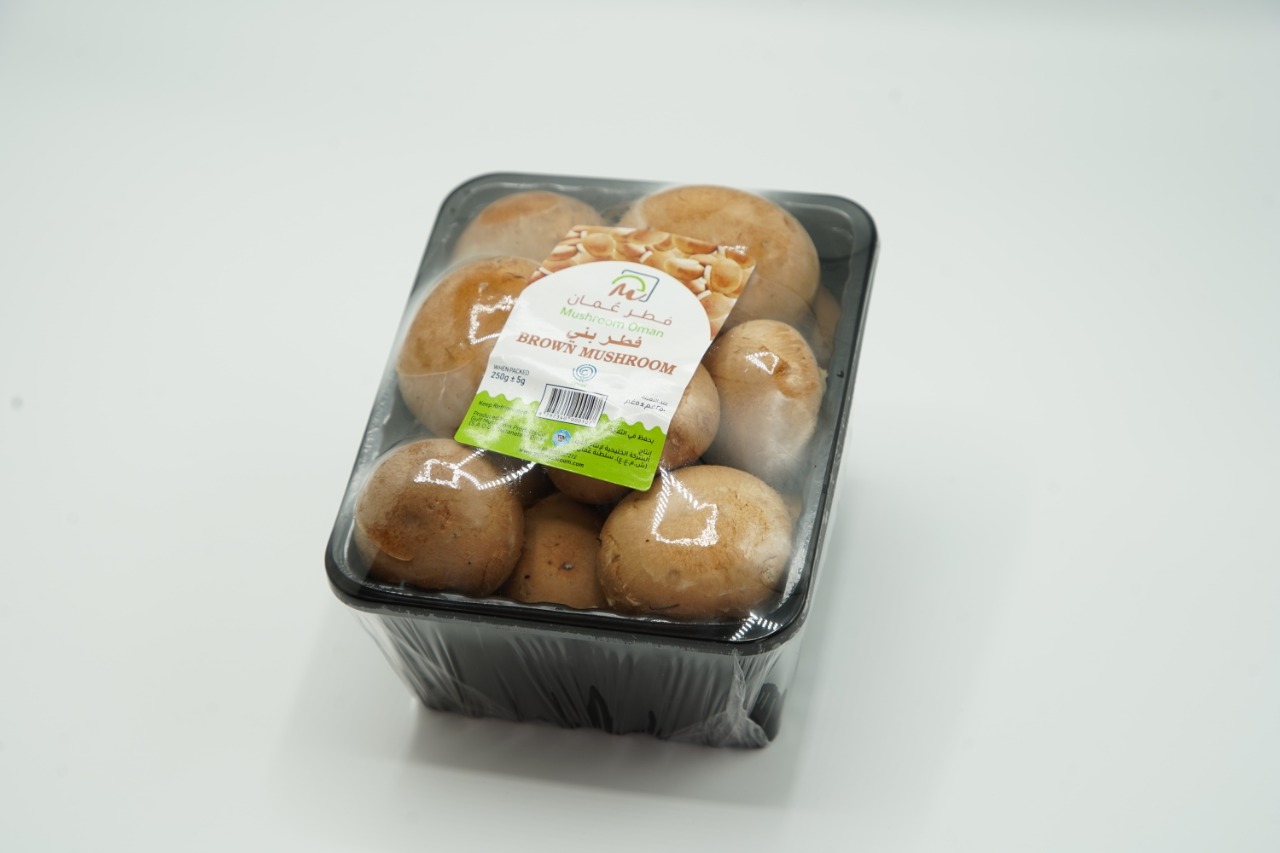
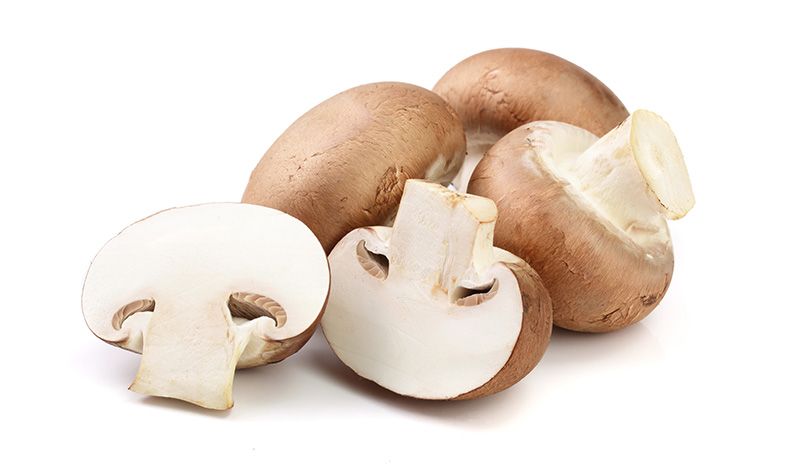
A larger relative of the brown button mushroom, the Portabella mushroom is allowed to mature longer than its smaller relative and its size varies from 8 cm to 15 cm across the top. It has a rounded, earthen tan flat cap with near black gills on its underside. Its stem is thick, white and edible.
TASTE PROFILE:
Very memorable, rich and meaty texture and flavour, which it retains even after cooking.
HOW TO SERVE:
Use in soups and stews, baked pasta or rice dishes, as a beef substitute or in salads. Prepare whole by grilling or stuffing. Pair with fresh herbs, fresh cow’s milk cheeses, tomato or cream-based sauces, leafy greens, garlic and onions.
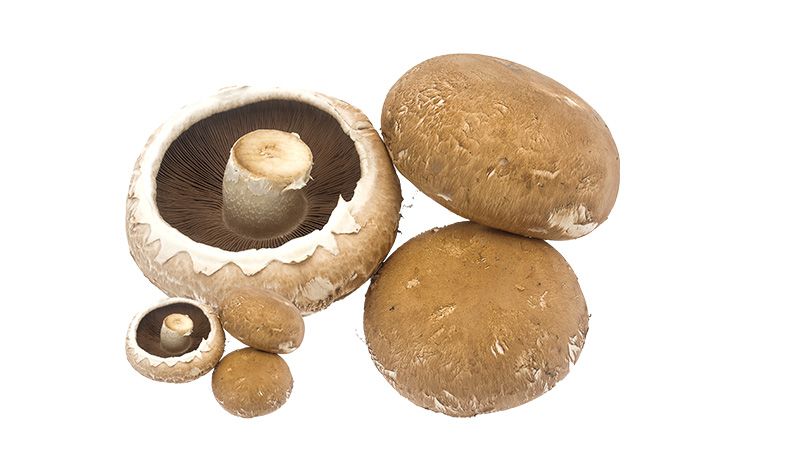

Mushrooms are unique for being the only food in the produce aisle to contain the “sunshine vitamin — Vitamin D. Exposing the mushrooms to UV light during the growing process, increases the overall vitamin D content. Fortified with this vitamin, our most popular white button mushrooms are widely consumed.
TASTE PROFILE:
Mild and blends well with most ingredients, with a flavour that intensifies when cooked
HOW TO SERVE:
Serve in soups, salads, appetizers, sautéed on pizzas or burgers, or cooked in pasta, soups, entrees and other dishes; or as a great side dish with any meal.
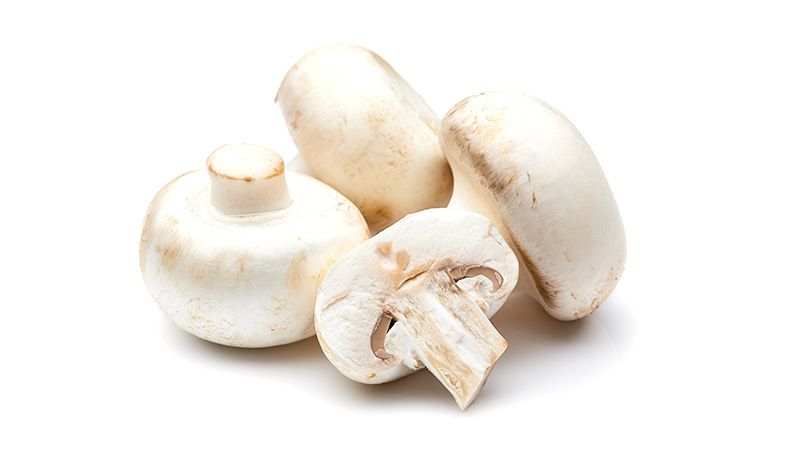

Oyster mushrooms can be grey, pale yellow, pink or even blue with a velvety texture. The latin name for the Oyster Mushroom is ‘Pleurotus Ostreatus’ meaning ‘sideways oyster’.
TASTE PROFILE:
A delicate flavour that intensifies on cooking.
HOW TO SERVE:
Serve sautéed with butter and onions, or over linguine with sliced meat and red peppers, sprinkled with grated parmesan cheese.


These flavourful mushrooms have broad umbrella-shaped caps, wide open veils, tan gills and curved stems. Their fibrous stems add delicious flavour soups and stocks.
TASTE PROFILE:
With a meaty texture, this has a rich a woodsy flavour when cooked.
HOW TO SERVE:
Remove the stem and cook in stir-fries, pastas, soups, entrees or serve as a side-dish.


At Gulf Mushroom, we make our own phase3 compost, which is necessary for cultivating fresh mushrooms. We have a modern hi-tech phase3 compost plant that uses the latest Dutch technology in Thumrait with a capacity of 20,000 tons of phase3 compost per year. We also have a highly experienced composting team and use natural raw materials to make compost in our state-of-art plant using the standard composting process. This includes lab analysis of raw materials, batch formulation, mixing process, fermentation in aerated closed bunkers, pasteurisation, cooling, spawning and finally blocking of ready Phase 3 compost. Compost is pasteurised in computer controlled mechanised tunnels before adding spawn which is imported from Holland from one of the best spawn labs in the world.
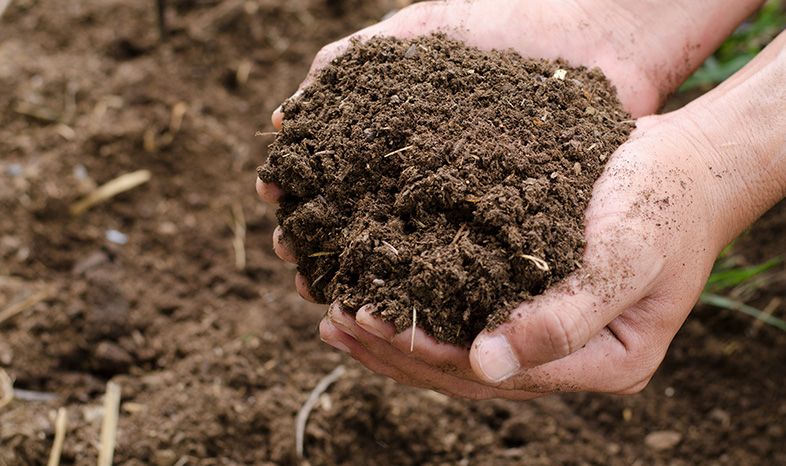

Our mushroom compost is made with natural raw materials like wheat straw, chicken manure, soya bean meal and gypsum. Natural peat from Holland is added for cultivation of fresh mushrooms. After harvesting of mushrooms, the waste compost forms a rich organic base for making fertilisers. We offer these to fertiliser companies as ‘waste compost’ or ‘spent compost’.
